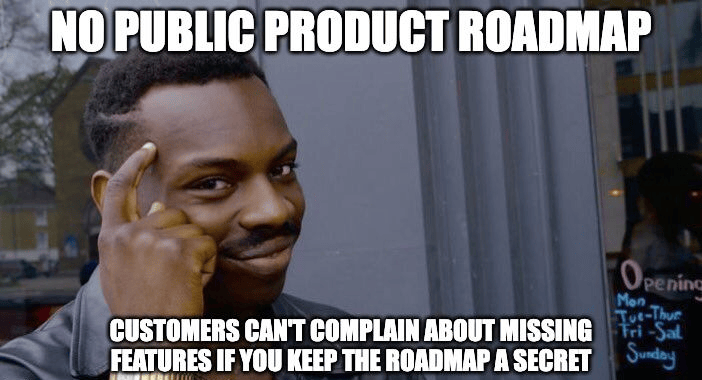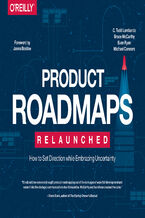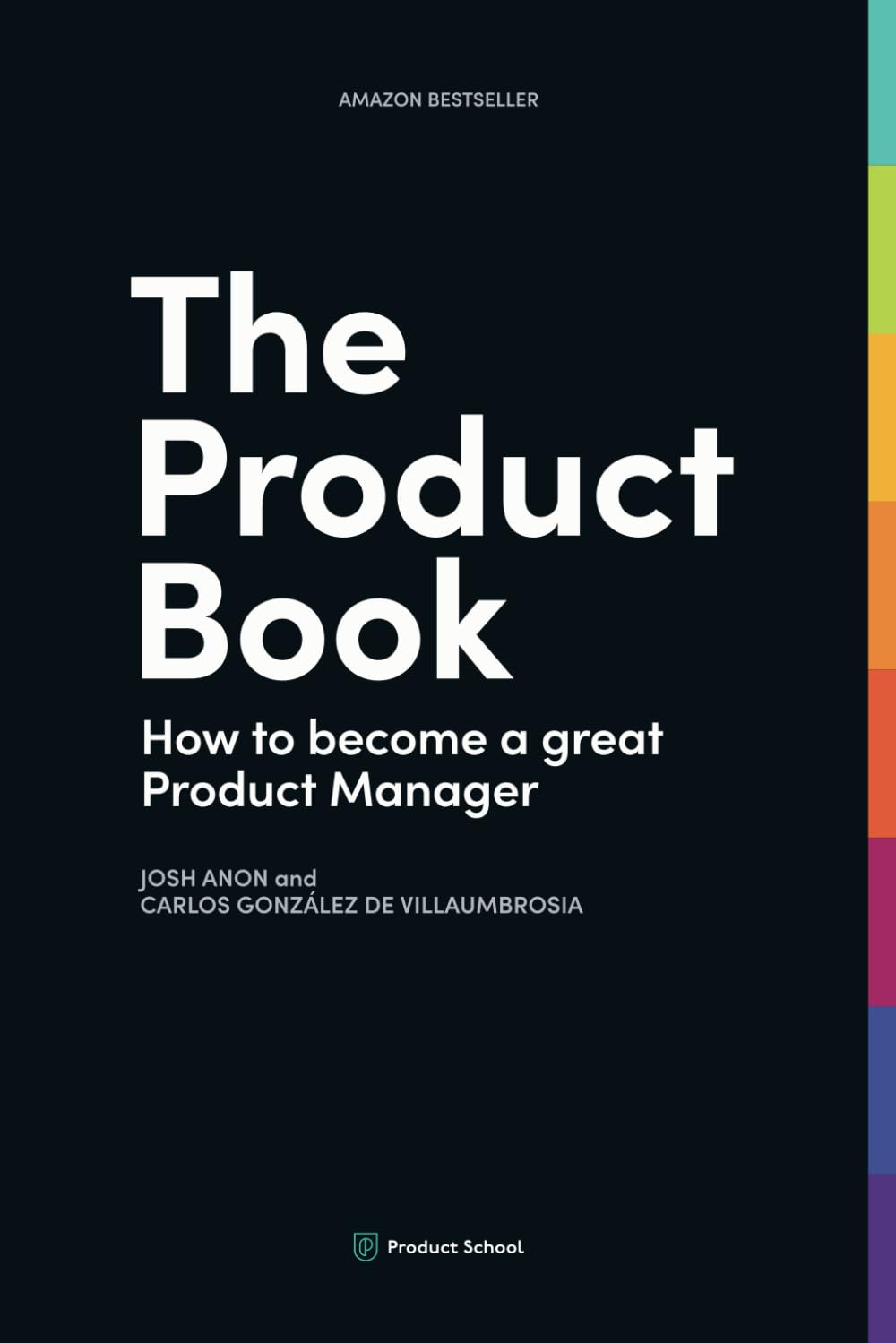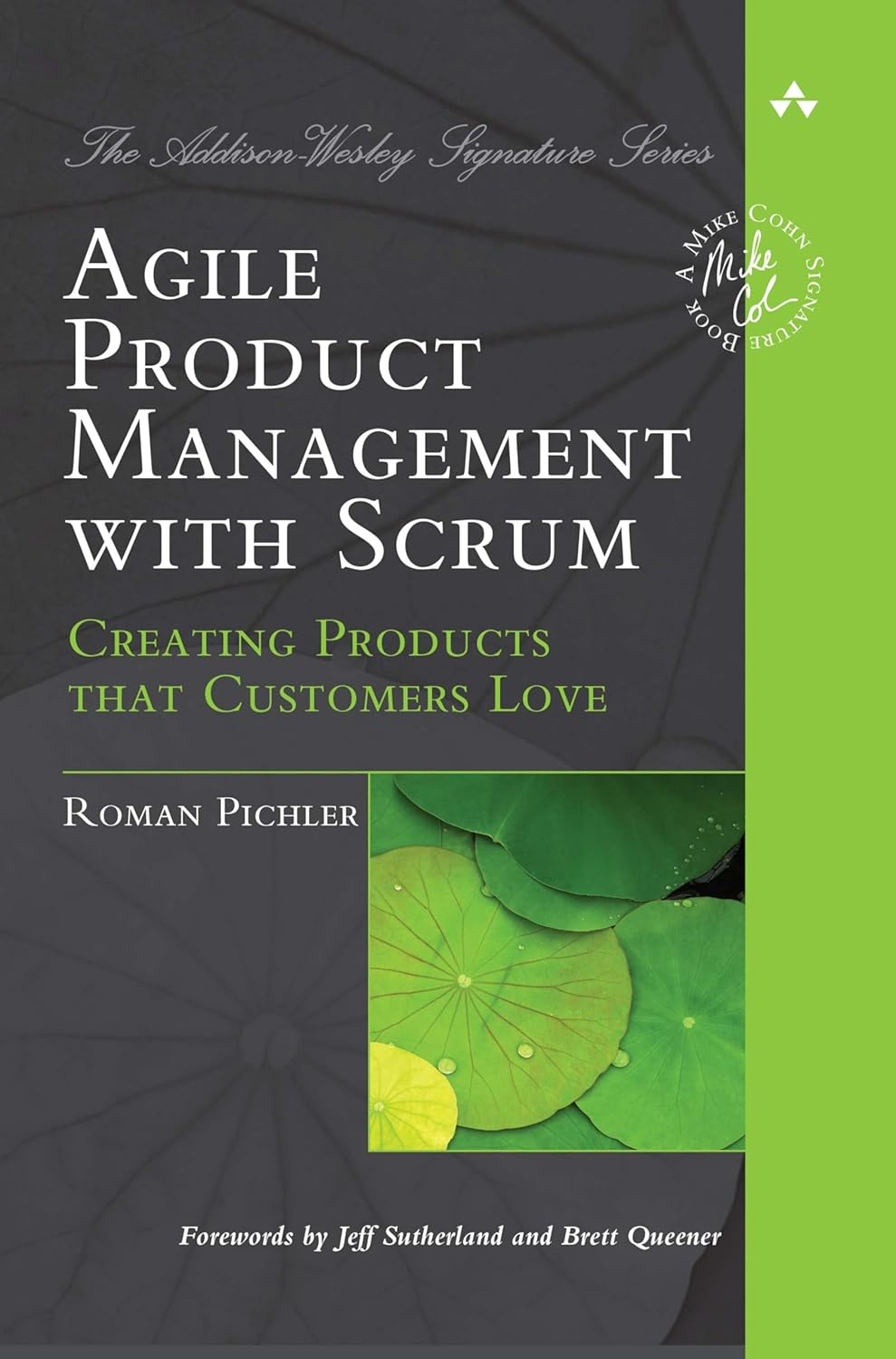In 2001, the world of software development changed with the creation of the Agile Manifesto. This document laid the foundation for a new project management philosophy that allowed teams to adapt quickly to changes, improve collaboration, and focus on customer needs. Key
The ultimate guide to creating a product roadmap for success
A well-planned product map is crucial for a successful product launch and should be a top priority. Whether you're working on a small start-up or a large project, the following tips will help guide you.
Key takeaways
Well-designed product roadmaps can significantly increase team alignment
The correct use of an Agile roadmap can greatly improve time-to-market
Strategically developed roadmap can cut development costs down by 25%
Understanding product roadmaps
A product roadmap is slightly more complicated than just a timeline with visible milestones and major development stages – it’s a communication tool that steers the entire team’s development efforts in the right direction.
Using dedicated tools like Taskee can help your team maintain and update your roadmap in an efficient and well-timed manner.
Here are a couple of essential components to keep in mind when optimizing your project’s roadmap:
- Think of your project’s strategic objectives – Goals should be clear and understandable, aligning perfectly with the company’s vision and long-term objectives.
- Establish key initiatives – Major features that hold your product together should be highlighted with a red marker.
- Get an idea of a timeline – Realistic timeframes for delivery and implementation/
- Set priorities – Icons’ design might wait a few weeks until the website’s security is up. Think of what’s important and move it up the conveyor line.
- Allocate resources wisely – Budget and team members should be distributed evenly across initiatives.
- Highlight what exactly will be considered a success – Healthy KPIs and metrics will simplify the tracking process.
- Keep stakeholder’s input in mind – Feedback and requirements from these fellas are crucial, so put it in big, bold letters somewhere visible.

Creating your roadmap
So now, that you’ve got a basic understanding of what should be present in a roadmap, let’s talk about how exactly to put it all together without taking many resources from the actual development process.
Here’s a list of key steps you should take for simplicity’s sake:
- Understand what’s required of the project. Collect input from customers, team members, and stakeholders, packing it all in a nice and understandable document.
- Set clear and easily measurable objectives. These should represent the ideal version of your product after release.
- Set your priorities straight. Using the info you’ve gathered after completing the first two points from this list, think about what tasks must be completed ASAP, and what can wait.
- Allocate resources and team members. This includes some quality budgeting, as well as putting a responsible figure at the helm of each initiative.
- Define success metrics. Again, these are extremely important. Without a clear number value in mind, your team will probably struggle to be productive and efficient.
- Watch it all unfold and adjust if necessary. Conduct regular checks and if certain changes are necessary, then don’t be afraid to modify some parts of your project’s roadmap.
Types of roadmaps
Got the general gist of it? Great! Now let’s dig in a bit deeper – there are a lot of intricacies to roadmap building.
For starters, keep in mind that there are multiple types of roadmaps, each designed for a specific purpose. Analyze your situation and choose the correct option:
| Roadmap Type
|
Best For
|
Timeframe
|
Key Elements
|
| Strategic Roadmap
|
Executive communication and high-level planning
|
1-3 years
|
Business goals, market opportunities, major initiatives
|
| Feature Roadmap
|
Development teams and technical stakeholders
|
3-12 months
|
Features, dependencies, technical requirements
|
| Release Roadmap
|
Customer communication and release planning
|
1-6 months
|
Release dates, feature sets, version information
|
| Theme-based Roadmap
|
Product strategy and stakeholder alignment
|
6-18 months
|
Strategic themes, initiatives, outcomes
|
| Now-Next-Later Roadmap
|
Agile development and rapid iteration
|
Rolling periods
|
Current work, upcoming priorities, future considerations
|
|
|
|
|
|
Implementation strategies
Now, a few words about the implementation. Just dropping this bomb on your team might end badly and quickly overwhelm your stuff – proceed lightly and remember that for some, a new project roadmap can be a huge divination from their usual routine.
Communication and readiness for change are at the center here, with a couple of other strategies also playing important roles:
- Clear communication plans. Regular update huddles with your stakeholders and team members alike will bring much-needed clarity to the process.
- Review management processes. Adjust it for the new roadmap and make sure that everything clicks.
- Risk mitigation plans. Think how you’ll address potential problems and problematic situations (there will be some, trust us).
- Progress tracking. Regularly check on the whole situation, making sure that everything is okay.
- Flexibility mechanisms. Again, in most cases things of off rails pretty fast, so developing some contingency measures is certainly a good idea. Always be ready to quickly adapt and adjust.
Common challenges
Roadmaps are crucial for an organized and streamlined development process, sure, but unfortunately, there is always a high probability of some unexpected problems appearing along the way. Some of these you’ll be able to control and mitigate, others – not so much.
Here are a couple of examples of the fires that can start when working with a roadmap, and potential plans for putting them out:
- Over-commitment and burnout. Provide yourself and your team with regular breaks. Burnout is a very real business killer, and after proper rest, your roadmap might shine in a completely different light.
- Market changes. These you can’t control, but you can be prepared for them. Especially in the modern economic and political spaces, you must always expect a market crash, some kind of sanctions, or a sudden change of the tides. Accept in your heart that they are inevitable, and dedicate some space for flexibility in your project.
- Technical debt. Or, in other words, a lengthy backlog and a whole bunch of unmet deadlines. To a certain extent, once again, you should accept the fact that it’s a completely normal thing to miss a deadline or two. On the other hand, just letting things pile up can deadly wound your project in the long term. Spend some time categorizing problematic areas and allocate additional resources to deal with the most critical ones.
Interesting fact

Companies that maintain flexible product roadmaps are 42% more likely to achieve their product goals and respond effectively to market changes!
Related articles:
For more insights, explore Agile project management: Effective project handling in 2025.
To learn more about roadmaps, check out Project roadmap: A strategic guide to planning and executing successful projects.
For decision-making guidance, read Weighted decision matrix: A simple tool for making informed decisions.
Conclusion
Show your project roadmap some love – it’ll arguably be decisive in your product finally releasing and finding its customers. Focus on planning and clear communication with your team and stakeholders. Be always ready to flexibly adjust to whatever the world throws your way, whether it’s acts of god or another change of market tides.
Taskee can help you maintain your roadmap in perfect condition, allowing you to guide your product to success relatively stress-free.










